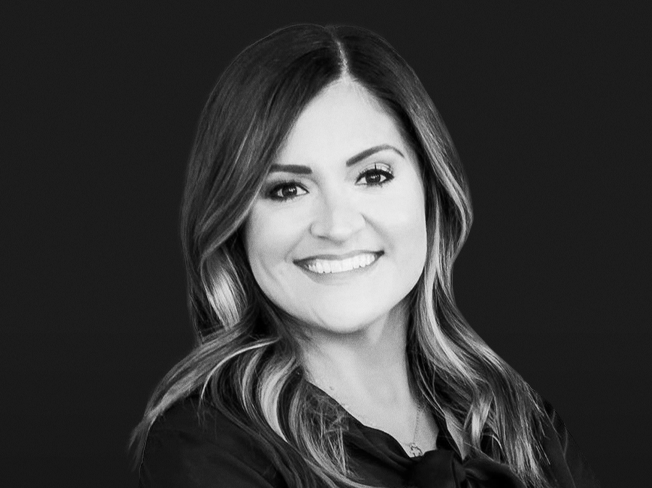How to Pay Yourself | Tory Burch Foundation
How to Pay Yourself
Get an owner’s draw, even in the beginning.
52,931 Views
71 Likes
4 min read
Link copied to clipboard
When someone decides to become an entrepreneur, they almost take it for granted that the first few months or even years will be lean. But your business needs to pay you for your work, explained financial advisor Sylvia Inks during our small business webinar series. “Otherwise, it’s called a hobby,” she said. Here are seven steps you can take to pay yourself from your small business, even at the earliest stages.
PROTECT YOURSELF.
Part of paying yourself is protecting your and your family’s assets. Separate them from your business assets so that, in the case of a lawsuit for example, your personal assets would still be okay. Work with a lawyer to choose the best legal entity for your business, even if you’re not bringing in major revenue (yet). “You want to make sure that you are running your business at a minimum as an LLC,” explained Inks. She cautioned our audience to be wary of CPAs that try to steer you away from creating an LLC or other entity.
What do you need from the business to be able to run your personal life?
SET A BUDGET.
It sounds obvious but a lot of business owners skip this crucial step. “I will say probably over 50% of business owners that I work with don’t have a written budget,” said Inks. Having a clear budget helps you understand where you may be able to save money. Inks explained that creating a budget with her clients has also helped them understand their prices aren’t high enough. “Once they realize, ‘here’s how much it takes to run my business’ [they know why they] can’t be the local low price provider in the area,” she explained.
MAKE SURE THE PRICE IS RIGHT.
Your business is not a big-box store, so don’t attempt to compete with those prices. Calculate how much it costs to create your product and perform your key operations, and then make sure your prices can cover that output.
This is also the time to start thinking about discounts. “If you were to offer discounts in the future, you need to make sure that you’re still profitable.” However, be careful with leaning on discounts to attract customers. Too many sales train customers to wait for your lower prices.
GET HELP.
Trying to do it all yourself doesn’t always equal savings in the long run. “Sometimes, trying to do it all will actually cost you,” Inks advised. “[It will] either cost you time and money or cost you quality of customer service.”
Help doesn’t always mean taking on a new employee. Founders should also invest in systems that can help them get things done more quickly or easily.
CAST YOUR (CASH) SAFETY NET.
Create a cash cushion so that you can pay your owner’s draw and other expenses, even during leaner times. How much should a small business set aside? “I would recommend at least one to three months, especially if you have retail space,” said Inks. Having that much cash on hand, especially as a new company, can be daunting, but Inks says there’s nothing wrong with starting small. “Even if it’s $10 a month, just open up a savings account and start moving money there with the small goal of building up to $1,000.”
STREAMLINE AND SPEED UP THE INVOICING PROCESS.
Chasing down clients for invoices is a terrible use of a founder’s time. A smart way to make sure cash is coming in for all the work you do is to incentivize clients to pay ahead of time.
When it comes to submitting the invoices themselves, Inks said every business owner should do it digitally (she often recommends Freshbooks to clients). These systems make it easy to see outstanding invoices and can easily generate a profit and loss statement. Another key benefit? “You can automatically add late fees or automatic reminders.”
JUST DO IT–SERIOUSLY.
Make the commitment to pay yourself and stick to it. Again, even small amounts can make a difference. “I would make sure that you are finding a way to pay yourself, even if it’s just $10 a month.”
Ideally, however, you’d be able to pay yourself more than that. You can either decide on a set amount to pay yourself or take your pay based on the previous month’s profits. Inks recommended the following breakdown:
20% owner’s draw
20% taxes
40% operating cost
20% long-term expenses or investing
Entrepreneurs give everything to their businesses, but their businesses should be able to give them something in return. Inks asked our community to consider, “What do you need from the business to be able to run your personal life?”
Help an entrepreneur by upvoting




